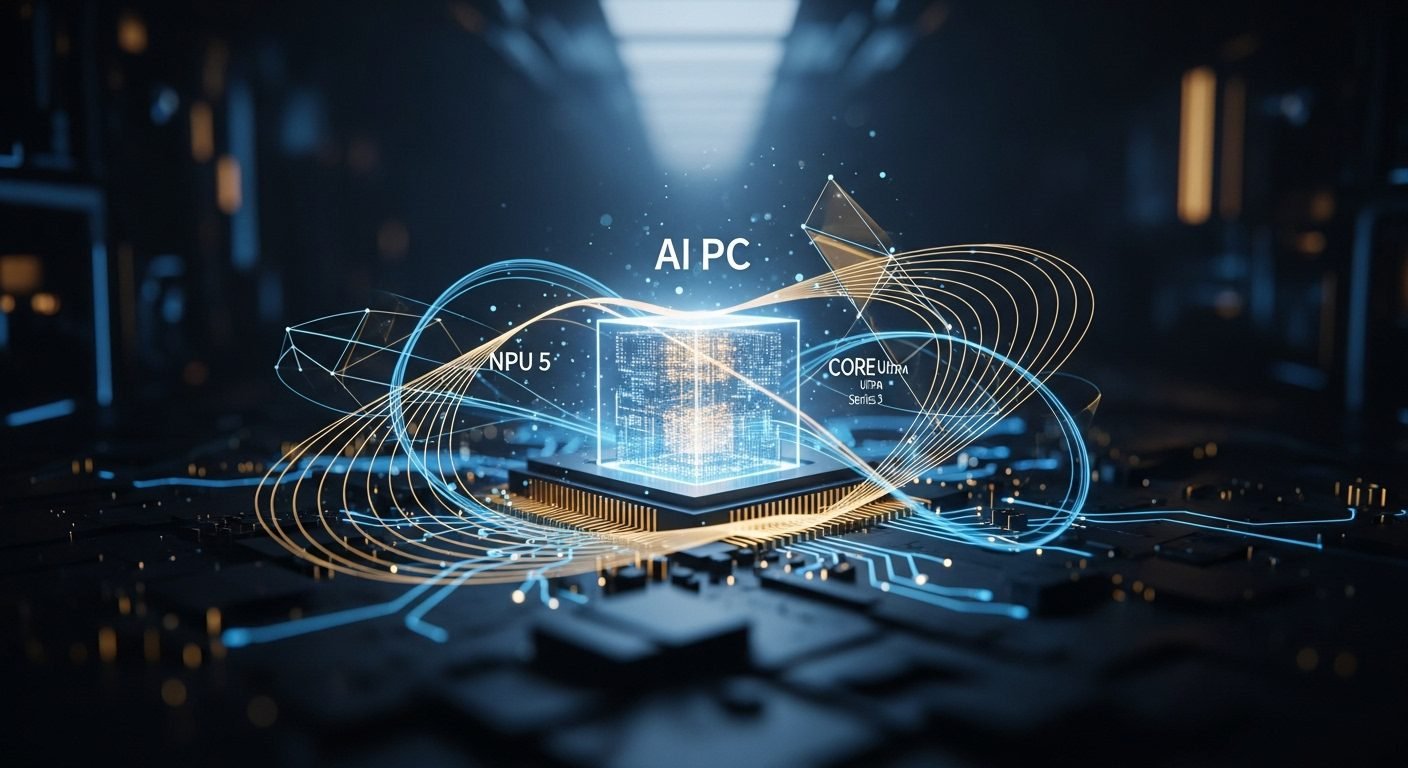OpenAI’s reported deal with Luxshare Precision, a primary assembler for Apple, to produce its inaugural AI-powered consumer device signals a profound strategic shift. This move, further solidified by engaging Goertek for component supply, positions OpenAI directly in the “AI-native” hardware market, aiming to challenge the entrenched dominance of traditional consumer electronics. The ambition extends beyond software, targeting a late 2026 or early 2027 release for prototypes that range from smart speakers to AI-powered wearables.This hardware foray is not a sudden pivot but a meticulously planned initiative. Earlier this year, OpenAI acquired io Products, the hardware startup spearheaded by former Apple design chief Jony Ive, in a substantial $6.5 billion deal. Ive now directs the design efforts for these devices, while former Apple executive Tang Tan, OpenAI’s head of hardware, actively recruits top talent from Apple. Reports indicate more than two dozen Apple hardware engineers have defected, a talent drain significant enough to reportedly cause Apple to cancel a meeting in China. This aggressive talent acquisition underscores OpenAI’s serious commitment to industrial design and manufacturing expertise. Further bolstering its hardware ambitions, OpenAI is widely believed to be the undisclosed customer in Broadcom’s $10 billion custom AI processor agreement, aligning with the planned hardware launch timeframe.### Strategic Imperative: Vertical Integration in AIOpenAI
pipeline
’s push into hardware reflects a calculated move towards vertical integration, a strategy increasingly critical for leading AI firms. By controlling the entire stack—from foundational AI models to the silicon and the end-user device—OpenAI aims to optimize performance, enhance user experience, and mitigate dependency on external suppliers. This mirrors a broader industry trend where giants like Apple, Google, and Samsung are deeply embedding AI into their ecosystems. The global edge AI hardware market, valued at $4.8 billion in 2024 and projected to reach $20.4 billion by 2034 with a robust 16.3% CAGR, presents a compelling growth opportunity for companies capable of executing on this vision. OpenAI’s potential in-house chip development, possibly via the Broadcom partnership, could reduce reliance on dominant players like NVIDIA, offering greater flexibility and potentially significant cost efficiencies in the long run. The Future of Edge AI### The Investor Takeaway: High Risk, High RewardEntering the consumer hardware market is notoriously capital-intensive and fraught with execution risks. Established incumbents like Apple, Samsung, and Google command vast supply chains, manufacturing scale, and entrenched consumer loyalty. OpenAI, despite leveraging Apple’s supply chain partners like Luxshare and Goertek, faces the formidable challenge of scaling production and achieving widespread market adoption for a nascent device category. The vision of an “iPhone of AI,” articulated by CEO Sam Altman, suggests a bullish outlook on redefining human-AI interaction. Yet, the initial concepts, ranging from screenless smart speakers to wearables, must overcome significant design and user experience hurdles to resonate with consumers. Jony Ive’s prior skepticism regarding body-worn devices highlights these potential complexities. Investors should weigh the substantial upside of establishing a new, AI-native device category against the inherent difficulties of market penetration and sustained differentiation. The Information detailed this strategic pivot, emphasizing the supply chain deals. The Information
Investor Pulse
- Market Sentiment: Cautiously Optimistic
- Key Catalyst: Successful product launch & consumer adoption
- Time Horizon: 18-36 months
OpenAI’s hardware initiative is more than an expansion; it’s an ambitious wager on the next paradigm of consumer technology. The company is actively building the infrastructure—talent, manufacturing, and processing power—to deliver on its vision. The critical question remains whether these “AI-native” devices can compel a fundamental shift in user behavior, creating a new market rather than merely competing in existing ones. Navigating Tech Supply Chains The coming years will reveal if this vertical integration strategy yields the next disruptive consumer product or a costly lesson in market entry.











